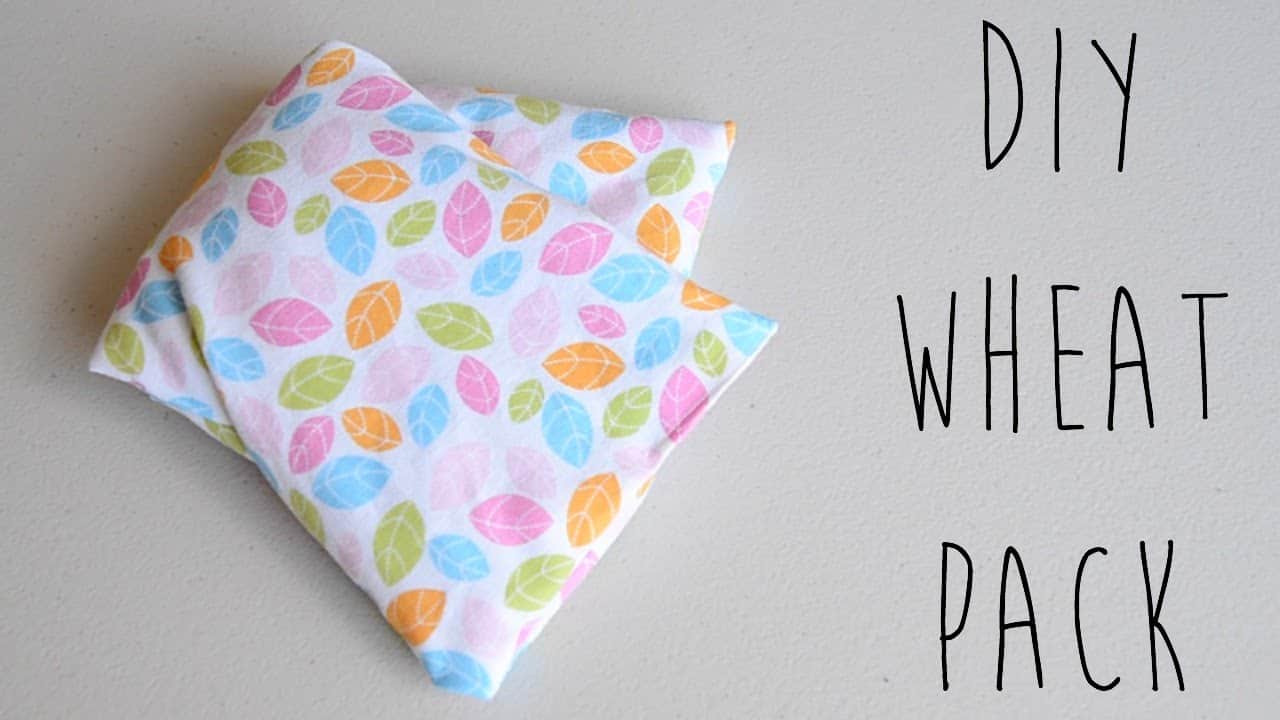How to Make a Cozy DIY Wheat Bag: A Step-By-Step Guide for Parents
Welcome to our snuggly corner of the internet where warmth meets comfort in the form of a delightful DIY wheat bag! As a parent, you’re often looking for ways to soothe little ones’ aches, sprains, or simply to provide a little extra warmth during those chilly nights. In this guide, we’ll walk through the joyous journey of creating your very own wheat bag, which also makes for a fun and thoughtful handmade gift!
Understanding the Comfort of Wheat Bags
Before we dive into the crafting process, let’s take a brief moment to understand why wheat bags are so wonderful. Filled with natural grains, these bags can be heated in the microwave or cooled in the freezer, making them incredibly versatile. They are a natural way to provide heat therapy for sore muscles or act as a cold pack to reduce swelling. Now, let’s get our craft hats on!
What You’ll Need:
- 100% cotton fabric (think cozy and skin-friendly)
- Wheat grains (easily found at health food stores or online)
- A sewing machine or needle and thread (for those who enjoy hand stitching!)
- Scissors
- Measuring tape or ruler
- Funnel or a homemade paper funnel
- Optional: Lavender or your favorite dried herbs for a soothing scent
Choosing the Right Fabric
Selecting the perfect fabric for your DIY wheat bag is not just about patterns and colors (though that’s certainly part of the fun!). It’s crucial to choose a material that’s strong enough to hold the wheat and withstand heat. We recommend 100% cotton as it’s a natural, breathable, and microwave-safe option. Feel free to involve the kids in choosing a design—or maybe they’d like to draw on the fabric for a personal touch before you sew it!
Creating the Template:
One of the best parts of a DIY wheat bag is you can tailor it to any size or shape you desire. For our guide, we’ll be crafting a simple rectangular bag. Use your measuring tape to cut two equal-sized pieces of fabric. A standard size is 20cm x 30cm, but you can adjust this according to your needs.
The Fun of Sewing Your Bag
Lay the two pieces of fabric on top of each other with the pretty sides facing inward. If you’re stitching by hand, a simple backstitch will do. Sew around the edges, leaving about a 6cm gap for turning the bag right side out and for adding the wheat.
Filling Your Wheat Bag
Turn your bag right side out and admire your handiwork – it’s starting to take shape! Now, using a funnel, pour the wheat grains into the bag. Don’t overfill it; you want to leave some room for the wheat to move around so that it can conform to the body when used. A great tip is to fill the bag about two-thirds full. At this point, you can add lavender or other dried herbs to elevate the sensory experience.
Then, hand sew the opening closed with a neat and secure stitch. Congratulations, you are now the proud creator of a homemade wheat bag!
In the following sections, we will go in-depth on how to properly heat your wheat bag, the best ways to care for it, and fun ideas for making them even more special. Stay tuned for the next part of this cozy crafting adventure, where we ensure your DIY wheat bag not only warms the muscles but also the heart.

5 Things Parents Should Know When Preparing a DIY Wheat Bag
Embarking on this crafty project? Here are five essential tips to ensure a smooth and safe wheat bag-making experience:
1. Wheat Selection and Storage
Choosing high-quality, triple-cleaned wheat grains is paramount for a durable and hygienic wheat bag. Ensure the wheat is free from pesticides, and store it in an airtight container until you’re ready to use it. Keep the wheat away from moisture to prevent spoilage.
2. Measurement Precision
When measuring the fabric and the wheat, precision makes perfection! Use a steady hand or involve the kids with their sharp eyes to measure out the dimensions correctly for a balanced bag. Teach them about margins and leaving space for the seams!
3. Seam Strength
The strength of your wheat bag lies in its seams. Double-stitch those edges to withstand the pressure of the wheat, especially after repeated heating and cooling. If you’re new to sewing, there are plenty of easy-to-follow tutorials that can guide you through.
4. Wheat Bag Weight and Distribution
A well-made wheat bag should have an even spread of grain for balanced heating and comfort. If you’re making a larger bag, consider sewing compartments inside the bag to prevent all the wheat from falling to one side.
5. Safe Heating Practices
Understanding safe heating practices is crucial. Always monitor the heating time and never exceed the recommended duration. For added safety, heat the bag with a cup of water in the microwave to prevent the wheat from overheating and burning. Teaching kids about using the microwave safely is a great learning opportunity.
Extra Tips for Enhanced Creativity
Get extra creative by using fabric paints or iron-on patches for a more personalized wheat bag. Engage in discussions with your kids about color theory, design aesthetics, or the science of heat retention while crafting together—this way, you’re not just making a wheat bag, but also creating valuable learning moments.
With these helpful pointers in mind, dive into this homely and heartwarming project. The process of making a wheat bag is almost as comforting as its final warm embrace. Enjoy this special crafting time with your children, and relish in the joyous moments of creating something both useful and cherished together.
Remember, each step—from choosing fabrics, to measuring, cutting, sewing, and filling—offers an array of learning opportunities and plenty of fun. You’ll be fostering creativity, teaching practical skills, and nurturing a sense of accomplishment within your little ones. So, cheerfully gather your materials, round up the troops, and get set for a cozy crafting session that promises to fill your home with warmth and your hearts with joy!
See more great Things to Do with Kids in New Zealand here. For more information see here
Disclaimer
The articles available via our website provide general information only and we strongly urge readers to exercise caution and conduct their own thorough research and fact-checking. The information presented should not be taken as absolute truth, and, to the maximum extent permitted by law, we will not be held liable for any inaccuracies or errors in the content. It is essential for individuals to independently verify and validate the information before making any decisions or taking any actions based on the articles.




